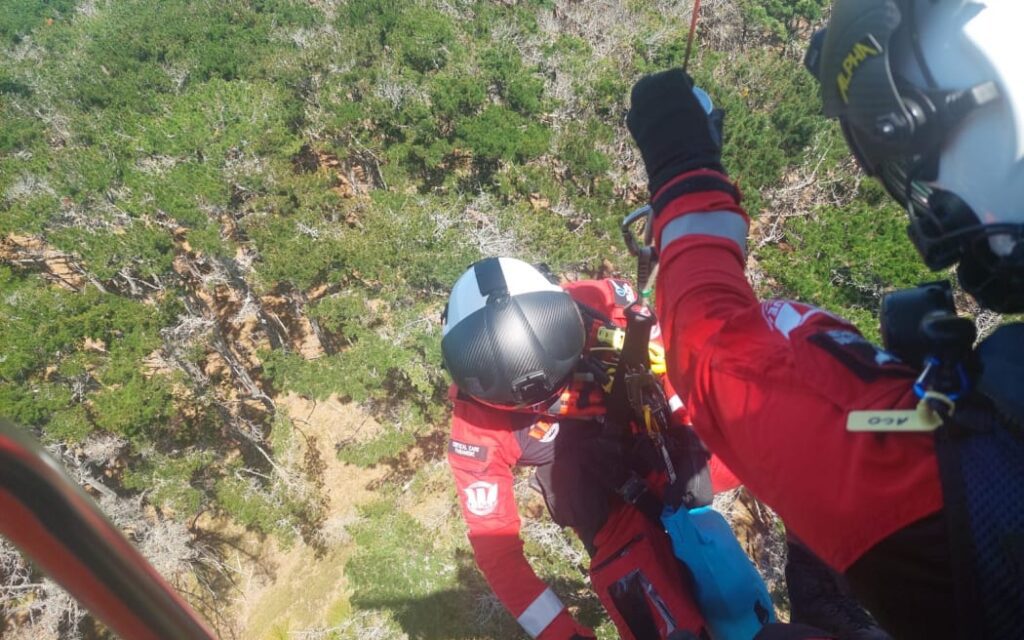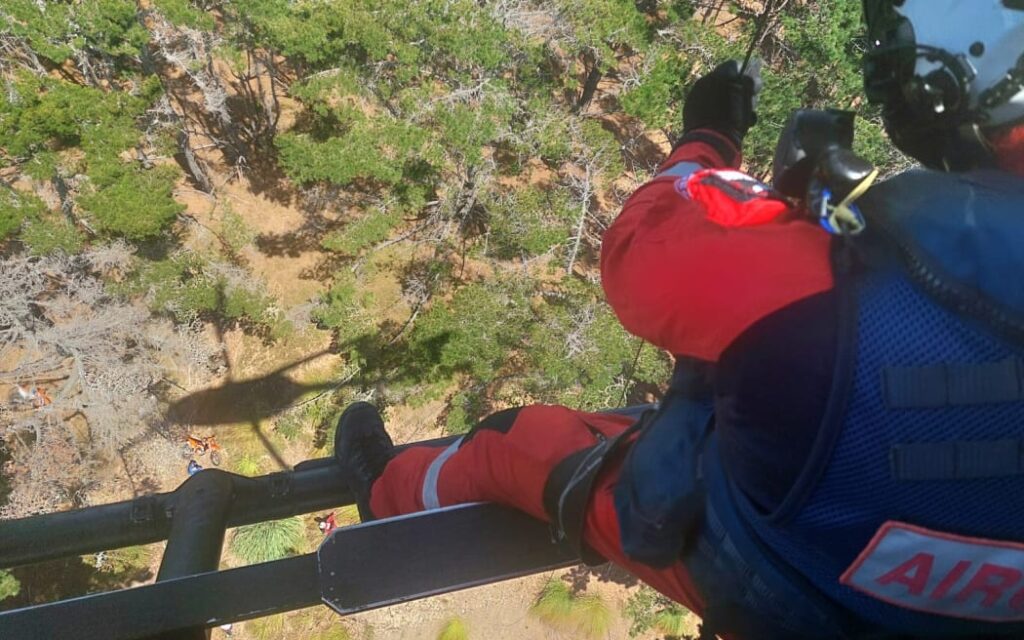
Emergency beacon saves motorcross rider’s life
30 December 2024

An emergency beacon may have saved a motocross rider’s life after he crashed in a forest with no radio or cell phone coverage.
A spokeswoman for Auckland Rescue said the rider, who was aged in his 60s, suffered multiple injuries during a ride in Woodhill Forest, northwest of the city, on Sunday.
A rescue helicopter crew was dispatched to the forest by the national Rescue Coordination Centre, which was alerted when the injured man activated his personal locator beacon.
The crash happened in a remote area with no road access, so the crew had to winch him out of the forest on a stretcher, a spokesperson said.
The rider was flown to Middlemore Hospital in a serious condition.

“This is a positive outcome and highlights the value of taking a PLB, or personal locator beacon, with you when you’re going to inaccessible areas with no mobile coverage,” the spokesperson said.
PLBs, also called distress beacons, work by transmitting a signal which includes the device’s GPS location.
The signal is picked up by satellites and relayed to New Zealand’s Rescue Coordination Centre.
PLBs are similar to the EPIRBs, or emergency position indicating radio beacons, which are used at sea.
On Saturday, a crew was tasked with rescuing a man in his 70s who had fallen about 20 metres down a cliff while abseiling at Oneroa, on Waiheke Island.
He was also winched on board the helicopter, then flown to Auckland City Hospital in a moderate condition.






